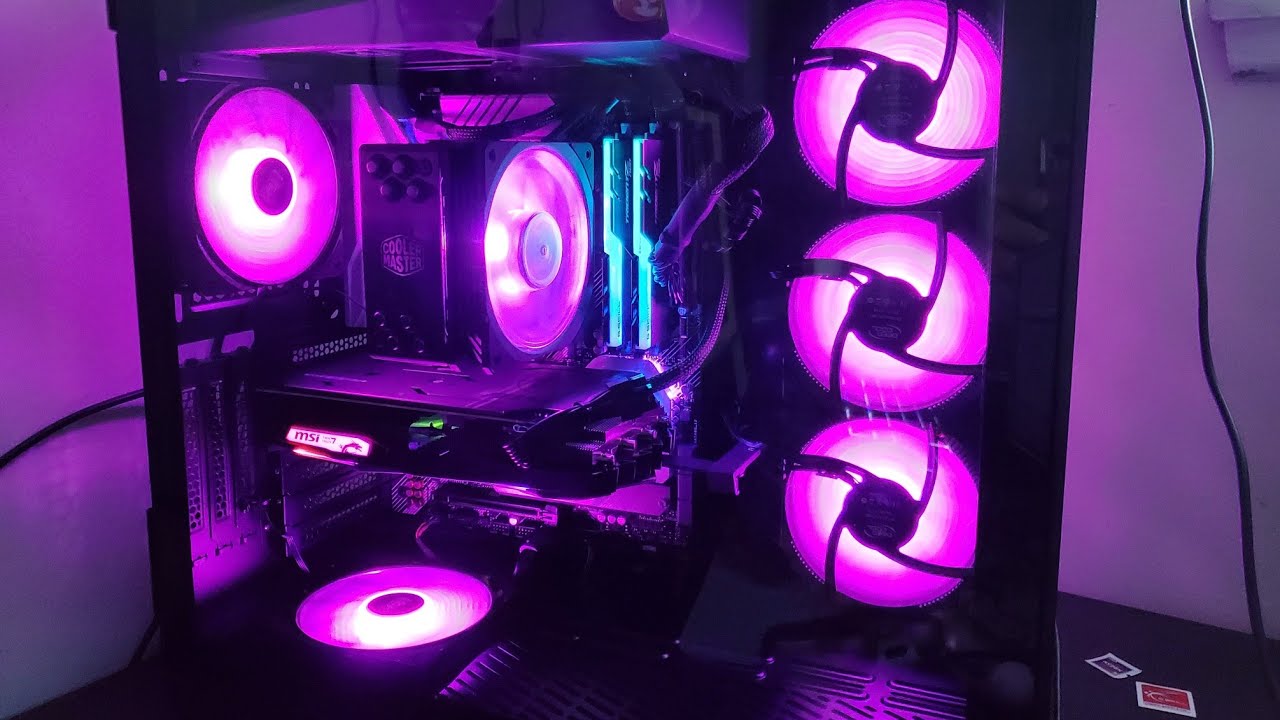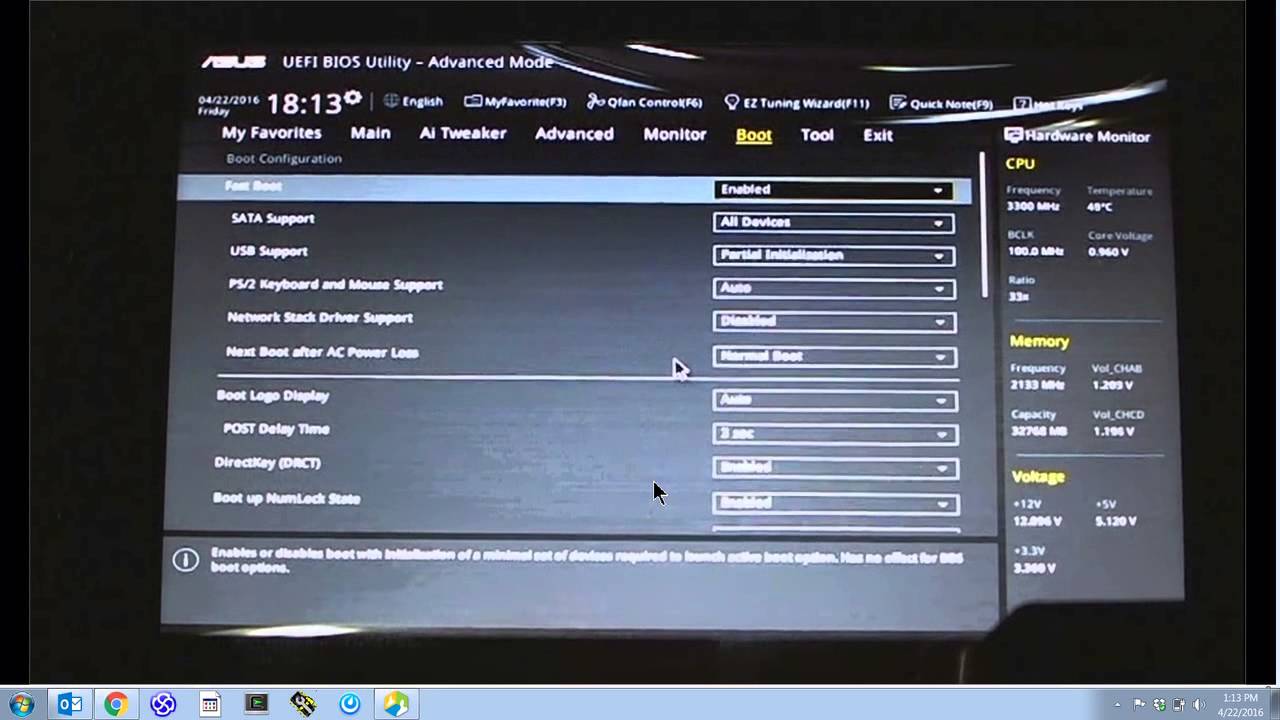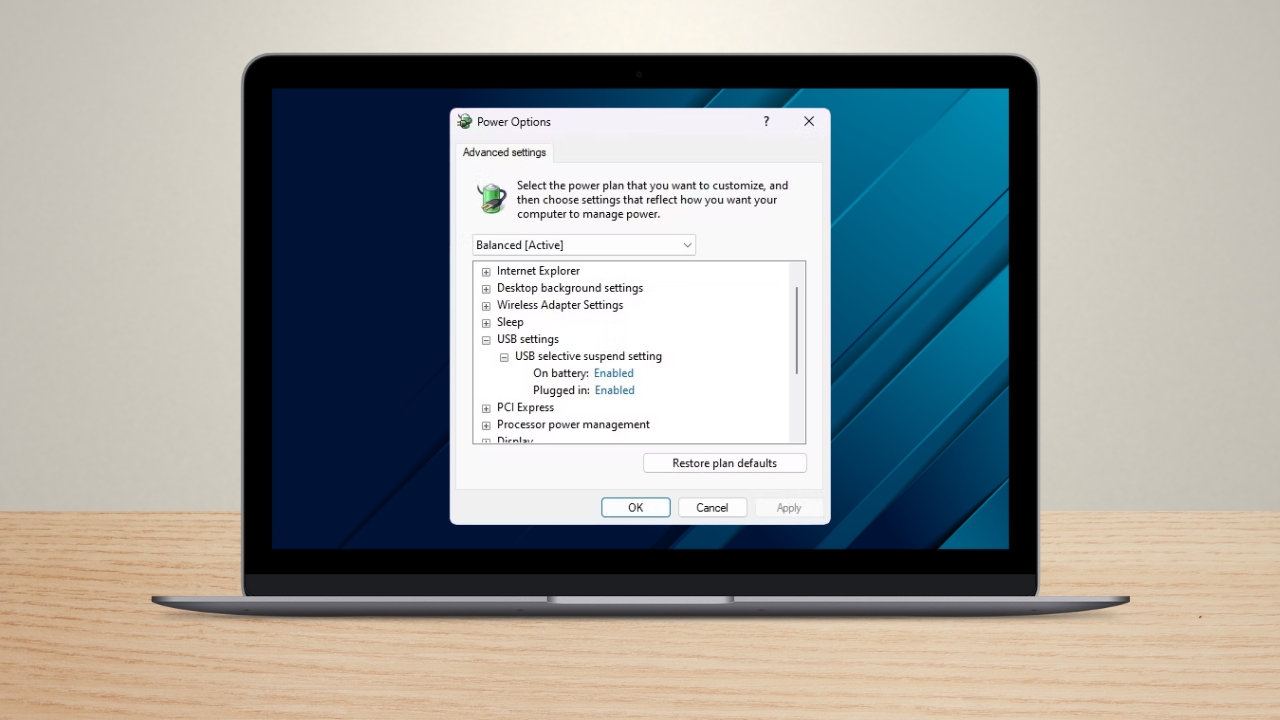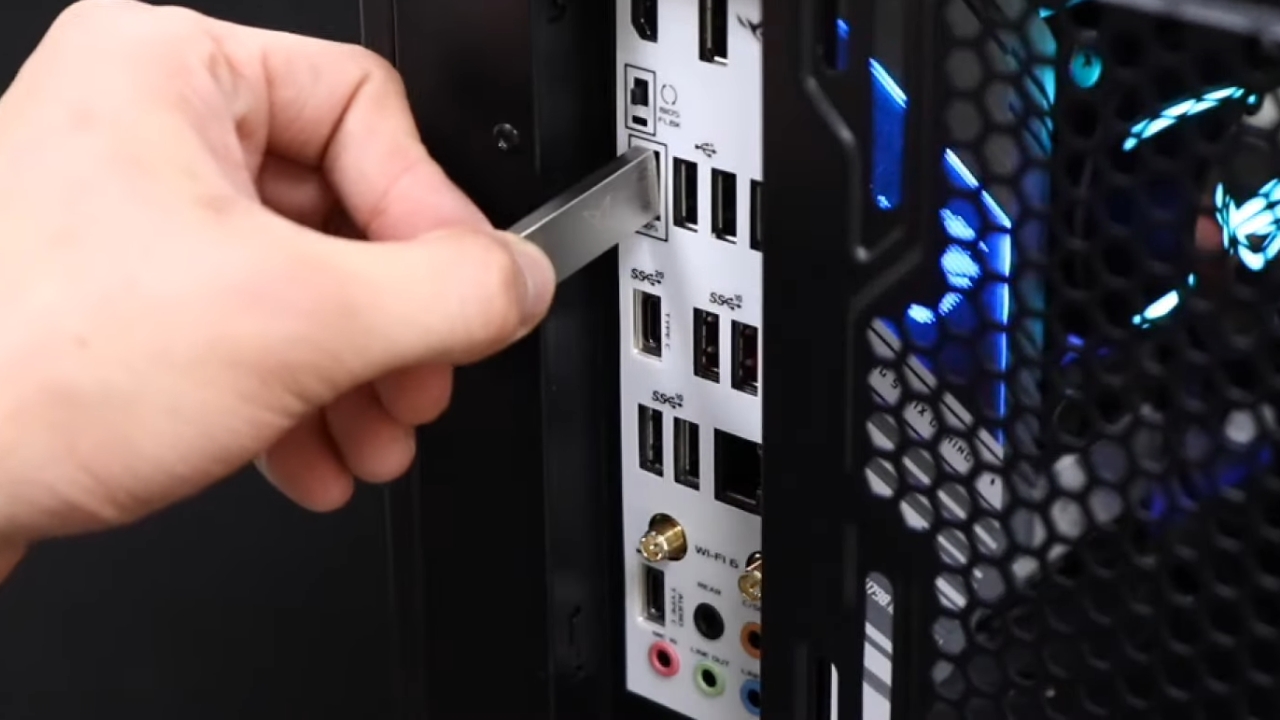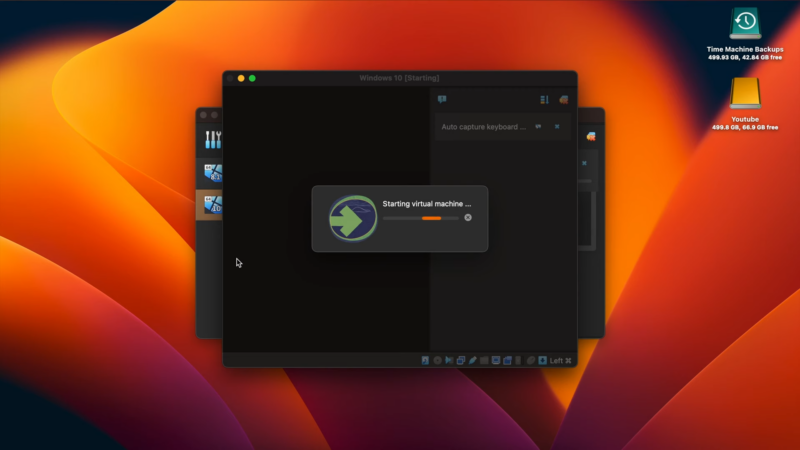
Share Post:
Windows 10 not booting and displaying a black screen is a common but frustrating issue. It’s crucial to fix this problem to regain access to your computer and avoid potential data loss. Let us take a look at three methods that can solve this issue.
1. Check Connections and Peripherals
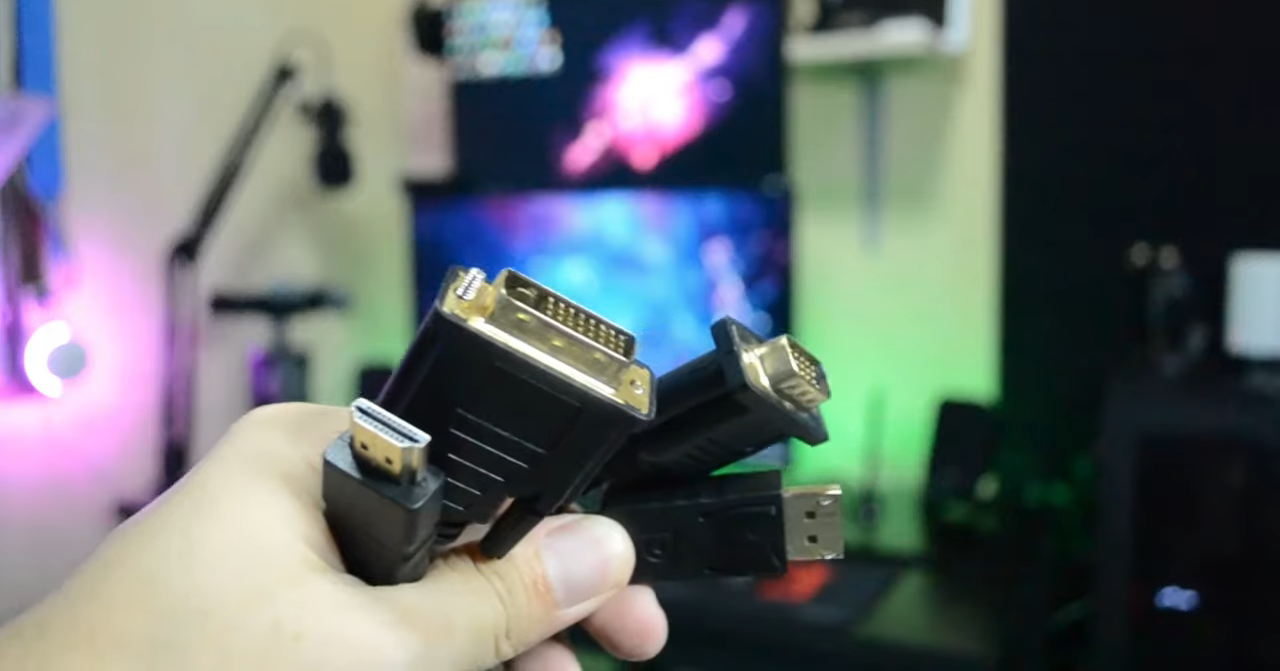
The first step in troubleshooting a black screen issue is to ensure all connections are secure and functional.
Start by checking that all cables, such as HDMI, DisplayPort, or VGA, are firmly connected to both the monitor and the computer. It’s also wise to try different cables or ports to rule out the possibility of a faulty connection. Verify that the monitor is powered on and set to the correct input source. Sometimes, the monitor might be set to a different input source, causing the screen to remain black.
Unplug External Devices
External devices can sometimes interfere with the booting process, leading to a black screen. Disconnect all non-essential peripherals, such as the mouse, keyboard, and external drives. After removing these devices, restart the computer to see if the issue persists. If the black screen disappears, reconnect the devices one by one to identify any problematic hardware that might be causing the issue.
Adjust Projection Settings
Incorrect projection settings can also result in a black screen.
Use the keyboard shortcut (Win + P) to cycle through the display modes:
- PC screen only
- Duplicate
- Extend
- Second screen only
Make sure the correct projection setting is selected for your setup.
2. Boot into Safe Mode and Reinstall Drivers

If checking connections and peripherals does not resolve the issue, the next step is to boot into Safe Mode. Safe Mode starts Windows with a minimal set of drivers and services, which can help you diagnose and fix problems. To access Safe Mode, you can use Advanced Startup options or a recovery drive.
If you can see the login screen, use the Shift + Restart method: hold the Shift key while selecting Restart from the login screen. If the screen is completely black, use a bootable USB drive to access Safe Mode.
Reinstall Display Drivers
Once in Safe Mode, open Device Manager to manage your hardware drivers. Locate the display adapters section, right-click on your display adapter, and select Uninstall. After uninstalling the driver, restart your computer, which will automatically reinstall the driver. If a recent driver update caused the black screen issue, you can also roll back the driver to a previous version.
Perform a Clean Boot
A clean boot starts Windows with a minimal set of drivers and startup programs. To perform a clean boot, open the System Configuration tool (msconfig) and disable all non-Microsoft services. Next, open Task Manager and disable all startup items. Reboot your computer to see if the issue is resolved. If the black screen is gone, re-enable the services and startup items one by one to pinpoint the problematic application.
3. System Restore and Advanced Troubleshooting

If booting into Safe Mode and reinstalling drivers do not solve the issue, you may need to use Startup Repair. Access the Startup Repair tool via Advanced Startup options. Follow the on-screen instructions to complete the process. Startup Repair can be a powerful tool for resolving various boot-related issues, including the black screen problem.
Perform a System Restore
System Restore allows you to revert your computer to a previous state before the issue occurred. Access System Restore through Advanced Startup options and choose a restore point when your system is functioning correctly. The process will undo recent changes that might be causing the issue, without affecting your personal files.
Check Internal Hardware
If software solutions do not resolve the black screen issue, it’s time to check the internal hardware. Open your computer case and inspect for any loose or damaged components. Reseat the RAM, graphics card, and other internal hardware to ensure they are securely connected.
Check for adequate power supply and cooling to prevent overheating issues. If you are uncomfortable doing this yourself, consider seeking help from a professional technician. Hardware problems can sometimes be the root cause of boot issues, and addressing them can restore your system’s functionality.
In Summation
Fixing the black screen issue in Windows 10 involves checking connections, booting into Safe Mode to reinstall drivers, and using system restore or startup repair. If these methods don’t work, seek professional help to ensure your computer is back in working order.
Related Posts:
- Phone Charging But Carplay Not Working? 10 Ways To Fix It
- Windows 10 Not Booting After Update? Here is the Quick Fix
- How To Enable Or Disable Secure Boot For ASUS Motherboard
- How To Connect Speakers To Monitor (5 Effective Ways)
- Can't Clear Your Browser History? Here's How To Fix It
- How To Fix VGA Lights On Motherboard



